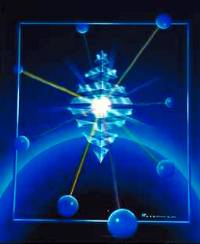
An team of physicists has provided the best evidence to date of the existence of a new form of atomic matter, dubbed the “pentaquark.” The research team confirmed the existence of pentaquarks by using a different approach that greatly increased the rate of detection compared to previous experiments. The results are published in the journal Physical Review Letters.
“The latest, and most conclusive evidence of this five-quark particle – the ‘pentaquark’ – could bring immense insight in understanding the laws and structure of universal matter in its most fundamental form,” said lead author Valery Kubarovsky, a Research Scientist at Rensselaer Polytechnic Institute in N.Y.
The research was carried out at the U.S. Department of Energy’s Thomas Jefferson National Accelerator Facility by the CLAS (CEBEF Large Acceptance Spectrometer) collaboration, which consists of physicists from universities and laboratories in seven nations.
Nearly all matter on Earth is held in the nuclei of atoms. An atomic nucleus is composed of protons and neutrons, with the number of protons determining the chemical element. In the last four decades, physicists have discovered that these subatomic particles are composed of even smaller particles, called quarks, which are held together by a strong nuclear force called “glue.” Each proton and neutron is composed of three quarks, for example.
The team announced the initial discovery of a pentaquark on a proton target at an international physics conference in New York City in May 2003. The findings were corroborated by researchers at Bonn University in Germany. Kubarovsky presented the CLAS team’s results at the first conference on pentaquarks, hosted by Jefferson Lab in November 2003.
However the results of subsequent experiments by researchers globally have been mixed until now.
“Detection is difficult because we are unable to ‘see’ the pentaquark itself, which lives less than one hundredth of a billionth of a billionth of a second, before decaying into two separate particles,” said Paul Stoler, Rensselaer physics professor and chair of the Jefferson Lab Users Board of Directors. “But even the two-particle, tell-tale sign is difficult to detect because of the many irrelevant reactions, or ‘debris,’ that also occur in the same experiments.”
To limit the debris, CLAS team members searched for a simpler mode of production. Since they could not isolate a single neutron – stable neutrons cannot exist freely – they turned to the single proton as a target.
One proton makes up the entire nucleus of the simplest element known in the universe: hydrogen. In the experiment, the Jefferson Lab team liquefied the hydrogen at a temperature that reached a few degrees above absolute zero before zapping the element with gamma rays.
“Shifting our focus from neutrons to protons dramatically altered our results,” Kubarovsky said. “We strongly increased the previous success rates for detecting pentaquarks.”
According to CLAS researchers, further experimentation is needed to increase the pentaquark detection rate per particle explosion, to better understand the details of how the pentaquark is produced, and its internal characteristics. Several follow-up experiments will be conducted at Jefferson Lab within the next year.
“Consider that, out of several billion collisions, scientists have found a few dozen pentaquarks. We need to find at least a thousand events that result in the creation of pentaquarks to have more valuable information on the nature of this new state of matter,” Kubarovsky says. “Right now we have a sample of about 45, which is the most significant in the world.”

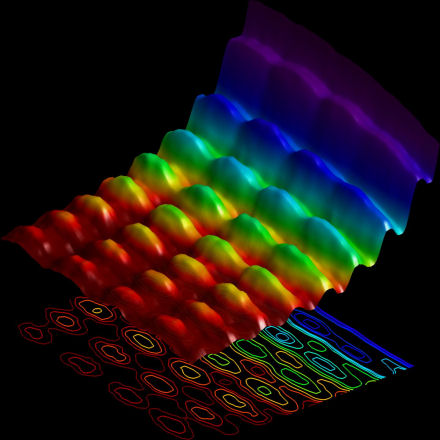
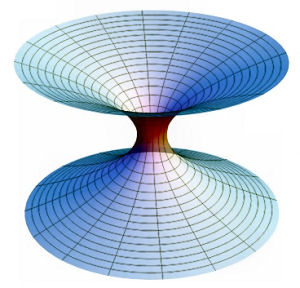
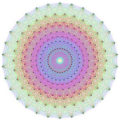


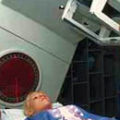

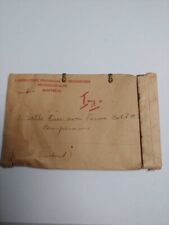
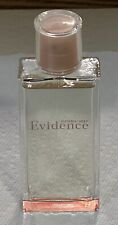
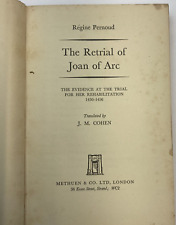


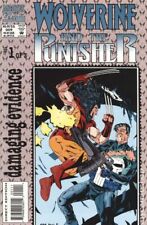

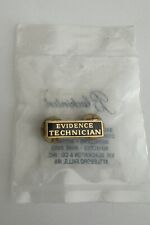

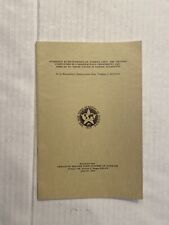
Comments are closed.